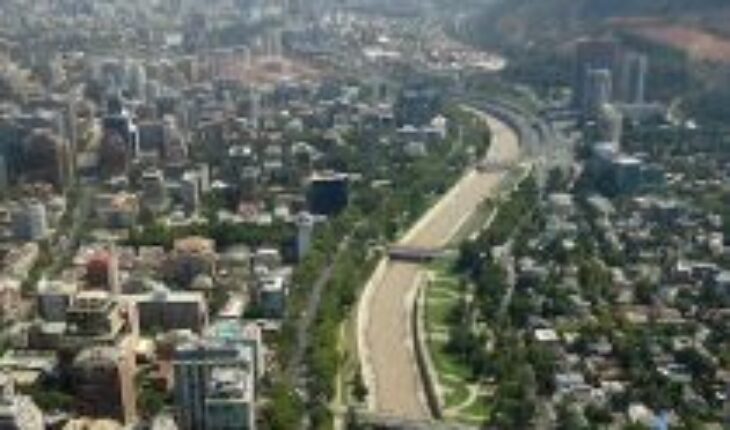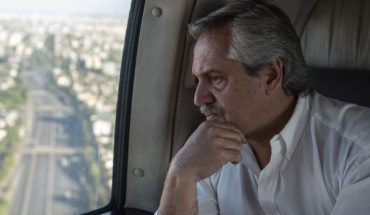“When the river sounds, stones it brings” so says the saying while our beloved Mapocho River increasingly shows its stones for the lack of water. Also stones throw us the authorities that with weak commitment or open irresponsibility say that in the coming months the communes of Las Condes, Vitacura and Lo Barnechea will suffer water cuts. Recall that last year 53.2% of the country’s communes were declared in water scarcity.
Will we only react when not a drop falls when opening the key? For more than a decade, scientific information has warned about the scarcity of water in the basins of the central zone, but the authorities have not made the situation transparent or taken the necessary measures. On the contrary, they validate partial approaches and support extractive projects that destroy life.
It is true, the fluttering of butterflies reaches the other hemisphere, but, the call to reduce the time of showers is a mockery when we know that household water consumption is less than 1%. Forestry, agribusiness and mining take the water. In this equation, mega-mining plays a critical role because most of it is located at the beginning of the basins where the glaciers are.
Glaciers have a strategic role for climate balance and are currently the bellies of water that allow us to live. 70% of Chile’s population is supplied with waters from glaciers that provide up to 60% of the flow of rivers during the increasing dry seasons. Taking care of the glaciers is an urgent, ethical and strategic decision.
The importance of glaciers and their ecosystems is as great as their fragility. Not only does direct destruction with machinery and gunpowder destroy them, but also the relentless suspended dust (black carbon) generated by combustion and transit of mining trucks is deposited in them increasing their temperature and causing them to melt faster.
We know of the pressure from the Office of Sustainable Project Management (GPS), some ministries and the company to the Environmental Assessment Service (SEA) for Anglo American’s Integrated Bronzes project to be approved. They press despite the more than 500 citizen observations and the many reports from the services that warn about their negative impacts on people, communities and nature. They are pushing despite the recent statement by SEA officials denouncing the artificial extension of the evaluation process. They press even though they know that anglo American’s Los Bronces Mine operations are located in the upper Mapocho Basin, affecting the Yerba Loca Sanctuary, La Paloma Glacier and a host of other glaciers. They press despite reports such as those of the Undersecretariat of Public Health that states that as a result of the project a significant increase in the concentration of particulate matter harmful to the health of the population would be generated.
Megadrought and climate change are expressions of a model that exploits nature and sees its components as resources. But we are part of a large interconnected system and humans are particularly fragile. It’s that simple, it’s that radical. To heal we need the waters to flow and the glaciers to be protected. That “Waters flow as non-appropriable natural commons that belong to peoples and nature” as stated in article 1 of the proposal made by the Movement for Water and Territories (MAT), the Coordination of Territories for the Defense of Glaciers and the Defense Movement for Access to Water, the Earth and the Protection of the Environment (MODATIMA). This popular initiative of norm reached 15 thousand signatures in less than a week and will enter the debate of the Constituent Convention.
The content expressed in this opinion column is the sole responsibility of its author, and does not necessarily reflect the editorial line or position of El Mostrador.
Don’t let our lives dry up
January 24, 2022 |





